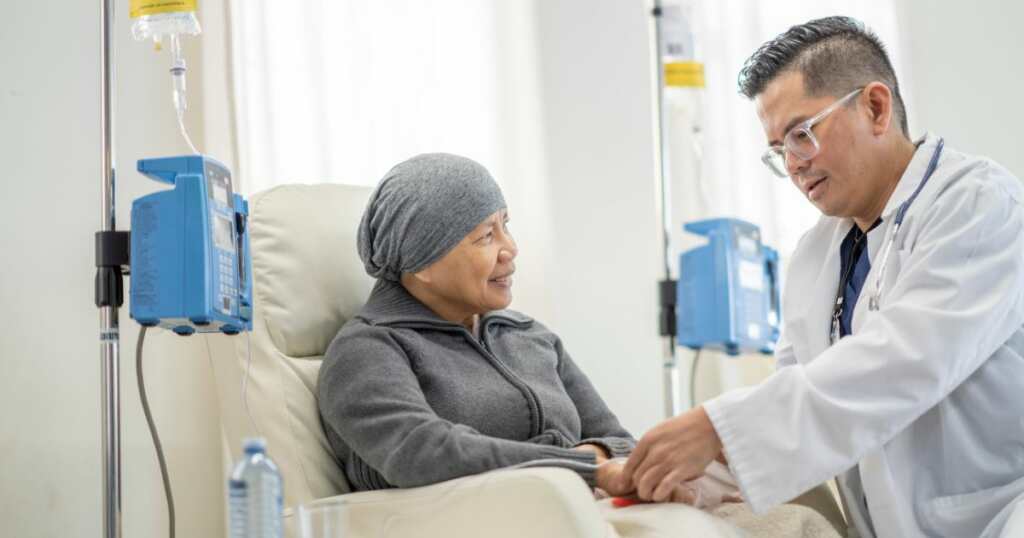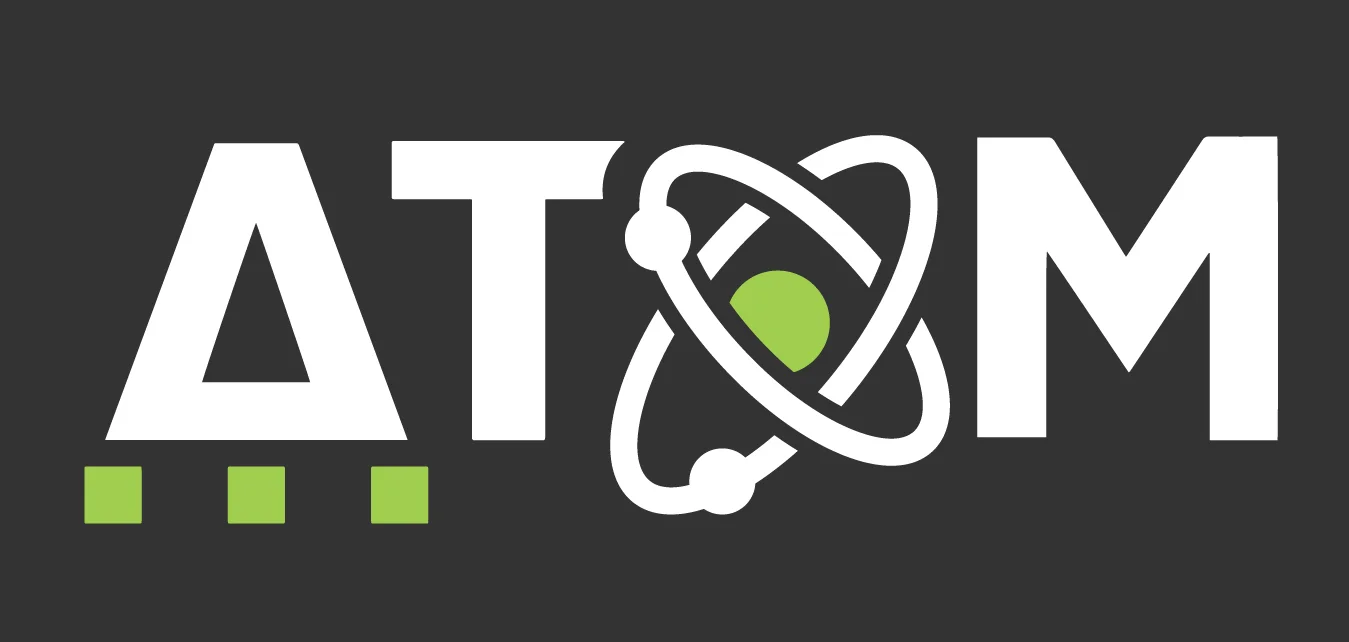Table of Contents
- Understanding Chemotherapy-Induced Nausea
- Exploring Cannabis as a Remedy
- Efficacy and Safety of Cannabis for Chemotherapy-Induced Nausea
- Legal and Ethical Considerations
- Patient Perspectives and Success Stories
- Guidelines and Recommendations
- Conclusion
- FAQs
Are you tired of battling the relentless nausea that comes with chemotherapy? Look no further. In this guide, we’re diving into the world of cannabis for chemotherapy-induced nausea relief. Discover how this natural remedy offers hope and empowers patients to take control of their well-being, providing a glimmer of comfort amidst the challenging cancer treatment journey.
Understanding Chemotherapy-Induced Nausea
Chemotherapy-induced nausea occurs due to the toxic effects of chemotherapy drugs on the body, particularly on the gastrointestinal system and the brain. The exact mechanisms behind this type of nausea still remain unclear. Still, it is believed to involve releasing certain chemicals in the brain, such as serotonin and the substance P, which trigger the nausea response.

Nausea is a prevalent and often severe issue among chemotherapy patients. Studies have shown that up to 70% of cancer patients undergoing chemotherapy experience nausea, with approximately 30% of them classifying it as moderate to severe. This high incidence of nausea can significantly decline patients’ quality of life, affecting their appetite, nutrition, and overall treatment adherence.
Exploring Cannabis as a Remedy
Cannabis, also known as marijuana, has been used for centuries for medicinal purposes. It contains numerous active compounds, but the two most well-known ones are delta-9-tetrahydrocannabinol (THC) and cannabidiol (CBD). THC is responsible for the psychoactive effects of cannabis, while CBD is non-intoxicating and is believed to have various therapeutic properties.
Research has indicated that cannabis may have potential antiemetic properties, which could help alleviate nausea and vomiting. Studies involving cancer patients have shown promising results, with some reporting a significant reduction in nausea and an improvement in overall well-being after using cannabis.
The mechanisms by which cannabis may alleviate chemotherapy-induced nausea are not fully understood. However, THC and CBD are believed to interact with the body’s endocannabinoid system, which regulates nausea and vomiting. These compounds may modulate the release of certain neurotransmitters and exert anti-inflammatory effects, reducing nausea symptoms.
Cannabis can be administered in various forms, including inhalation (smoking or vaporizing), ingestion (edibles), and topical applications (creams or patches). Each method has its own onset time and duration of effect, allowing patients to choose the most suitable option based on their preferences and medical condition.
Efficacy and Safety of Cannabis for Chemotherapy-Induced Nausea
Several clinical studies have been conducted to evaluate the effectiveness of cannabis in reducing nausea among chemotherapy patients. While some studies have reported positive outcomes, it is essential to note that research in this field is still limited and inconclusive due to various challenges.
The legality and regulatory restrictions surrounding cannabis have posed significant barriers to conducting large-scale clinical trials. Moreover, the variability in cannabis strains and preparations makes it challenging to standardize dosages and ensure consistency in treatment outcomes. These factors contribute to the complexity of cannabis research and highlight the need for further investigation.

Like any medication, cannabis use carries potential side effects and risks. Common side effects include drowsiness, dizziness, dry mouth, and changes in appetite. THC, in particular, can induce psychoactive effects, which may not be desirable for all patients. Healthcare professionals must monitor patients closely and provide appropriate guidance when considering cannabis as a treatment option.
Legal and Ethical Considerations
Overview of the Legal Status of Cannabis and its Medical Use
The legal status of cannabis varies across different countries and regions. In some places, cannabis is fully legalized for recreational and medical purposes, while in others, it remains strictly prohibited. However, there has been a growing recognition of its medical potential, leading to legalizing medical cannabis in several jurisdictions. These legal frameworks typically require patients to obtain a prescription from a healthcare professional and adhere to specific regulations regarding the cultivation, distribution, and use of cannabis for medical purposes.
Ethical Implications of Using Cannabis as a Treatment Option
Using cannabis as a treatment option raises ethical considerations that must be carefully examined. Some argue that patients should have the right to access all potential therapies, including cannabis, to alleviate their suffering. They believe denying patients access to a potentially beneficial treatment due to legal or social stigma is ethically questionable. On the other hand, concerns have been raised about the lack of standardized dosing and the potential long-term effects of cannabis use. Ethical debates revolve around balancing patient autonomy and safety, ensuring informed consent, and promoting evidence-based decision-making.
Patient Perspectives and Success Stories

Personal Stories from Chemotherapy Patients who have used Cannabis to Alleviate Nausea
Real-life experiences of chemotherapy patients who have used cannabis to manage nausea provide valuable insights. Many individuals report significant relief from nausea and improved overall well-being after incorporating cannabis into their treatment regimen. These personal stories highlight the potential benefits of cannabis as an adjunct therapy and offer hope to others experiencing chemotherapy-induced nausea.
Examination of Patient Perspectives on the Benefits and Challenges of Using Cannabis
Listening to patients’ voices is crucial in understanding the impact of cannabis on their lives. While some patients find great relief with cannabis, others may experience limited efficacy or encounter challenges such as legal restrictions, social stigma, or concerns about side effects. It is important to consider patients’ needs and preferences when discussing cannabis as a potential remedy, as their perspectives and experiences play a significant role in decision-making.
Guidelines and Recommendations
Various medical organizations and regulatory bodies have issued guidelines and recommendations regarding the use of cannabis in managing chemotherapy-induced nausea. These guidelines typically emphasize the importance of evidence-based decision-making, patient education, and close monitoring of potential side effects. They may also suggest dosage, administration methods, and patient selection criteria. Staying informed about these guidelines can assist healthcare professionals and patients make informed decisions regarding cannabis use.
Considerations for Healthcare Professionals in Discussing Cannabis as a Potential Remedy
Healthcare professionals play a vital role in guiding patients through treatment options, including the use of cannabis. When discussing cannabis as a potential remedy, healthcare professionals must know the legal and regulatory aspects, evidence-based research, and potential risks and benefits. Open and honest communication, individualized patient assessments, and respect for patient autonomy are crucial in fostering a productive and supportive patient-provider relationship.
Conclusion

The legalization and medical use of cannabis have opened up new possibilities for managing chemotherapy-induced nausea. While legal and ethical considerations continue to be debated, patient perspectives and success stories highlight the potential benefits of cannabis in alleviating this distressing symptom. Healthcare professionals should familiarize themselves with current guidelines and recommendations to provide informed guidance to patients. By considering individual patient needs, engaging in open discussions, and monitoring outcomes, the medical community can continue to explore the potential of cannabis in improving the quality of life for chemotherapy patients.
FAQs
What is the best cannabis product for chemo nausea?
The best cannabis product for chemo nausea depends on individual preferences and medical conditions. Some patients find relief with inhaled methods such as smoking or vaporizing, while others prefer edibles or tinctures. It is advisable to consult with a healthcare professional or medical cannabis expert to determine the most suitable product and dosage for your specific needs.
Can cannabinoids help with chemotherapy-induced nausea and vomiting?
Cannabinoids, such as THC and CBD found in cannabis, have shown potential in reducing chemotherapy-induced nausea and vomiting. Research suggests that these compounds interact with the body’s endocannabinoid system, which regulates nausea and vomiting. However, further studies are needed to fully understand their effectiveness and determine the optimal dosage and administration methods.
Can cannabis successfully ward off nausea associated with chemotherapy?
Many cancer patients undergoing chemotherapy have reported successful use of cannabis in alleviating nausea. Personal experiences and anecdotal evidence indicate that cannabis can effectively manage chemotherapy-induced nausea. However, it is essential to note that individual responses may vary, and consulting with a healthcare professional is essential to ensure safe and appropriate use.
How do you stop nausea from chemo fast?
There are various strategies to help alleviate nausea from chemotherapy. Some options include anti-nausea medications prescribed by healthcare professionals, dietary modifications (such as eating small, frequent meals), avoiding triggers like solid smells, staying hydrated, and utilizing relaxation techniques like deep breathing or meditation. Discussing your symptoms with your healthcare team can help determine the best approach for managing nausea effectively.
What is the first-line treatment for chemotherapy nausea?
The first-line treatment for chemotherapy-induced nausea typically involves antiemetic medications. These medications, such as 5-HT3 receptor antagonists or NK1 receptor antagonists, block specific signals in the brain that trigger nausea and vomiting. Healthcare professionals may prescribe these medications before or alongside chemotherapy to help prevent or reduce the severity of nausea. Following the prescribed treatment plan and communicating any concerns or side effects to your healthcare provider is important.




